About Vana (VANA)
Vana is an EVM-compatible Layer 1 blockchain network that revolutionizes the way personal data is used by transforming it into a financial asset. By aggregating private datasets for AI model training, Vana allows individuals to tokenize and monetize their personal data. This is achieved through the use of Data Decentralized Autonomous Organizations (Data DAOs), which give users full ownership and control over their digital footprints, allowing them to take part in the growing data economy.
Key Features of Vana (VANA):
- Data Liquidity Pools (DLPs):
Vana introduces the concept of Data Liquidity Pools (DLPs), where users can contribute their data to the network. This data is then validated and tokenized, resulting in the creation of data tokens. These tokens represent ownership and the value of the contributed data, turning it into a tradable asset. The DLPs provide a decentralized and transparent way for users to share and capitalize on their data. - Proof of Contribution:
To maintain the quality and integrity of data within the network, Vana uses a Proof-of-Contribution system. This ensures that all submitted data meets the required standards and is validated by the network. Contributors are incentivized to provide high-quality data, ensuring that only valuable information is included in the ecosystem, which in turn benefits both contributors and consumers of the data. - Incentive Structures:
Vana has an integrated incentive mechanism that rewards various participants within its ecosystem. Data contributors, validators, and creators of Data Liquidity Pools (DLPs) are all rewarded with $VANA tokens for their contributions. These tokens incentivize active participation and ensure the continuous flow of valuable data into the network. The token rewards system promotes high-quality data contributions while encouraging network growth and development.
By using these mechanisms, Vana creates a decentralized and user-centric model for data ownership and monetization, providing individuals with more control over their personal data. It represents a significant shift in how data is handled in the digital age, where users can turn their personal information into a valuable asset while maintaining privacy and security.


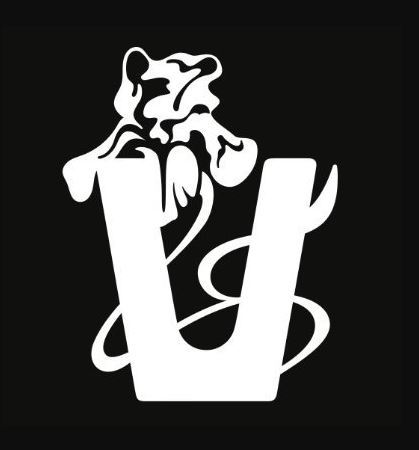
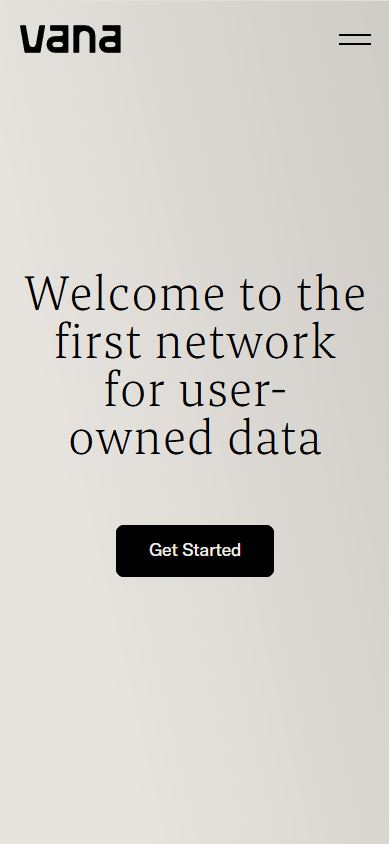
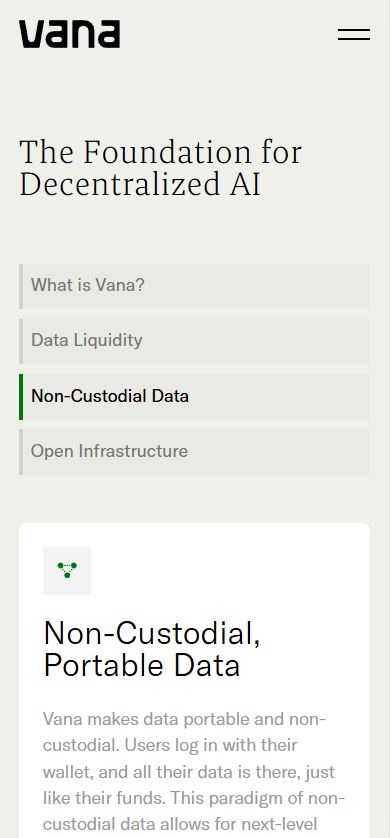
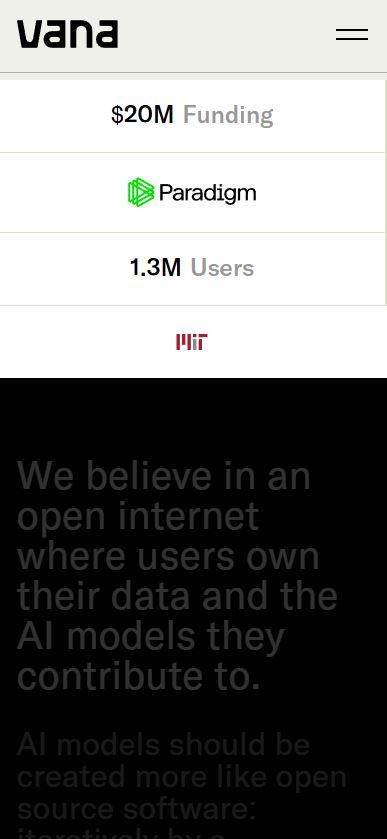
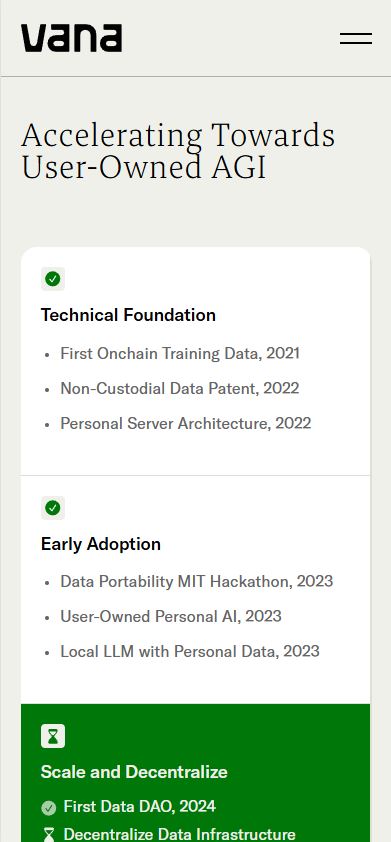
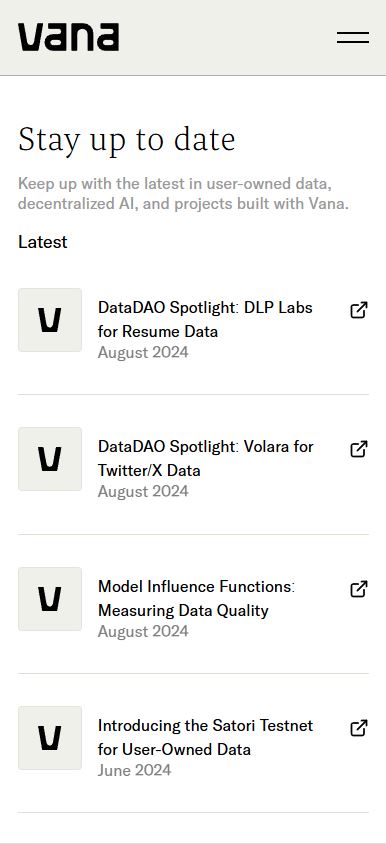








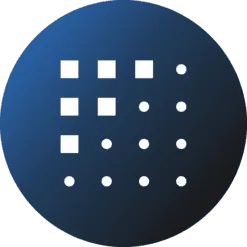
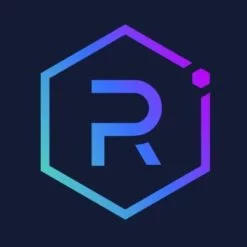







Anthonywax –
Crypto investment news
Harran –
👍👏